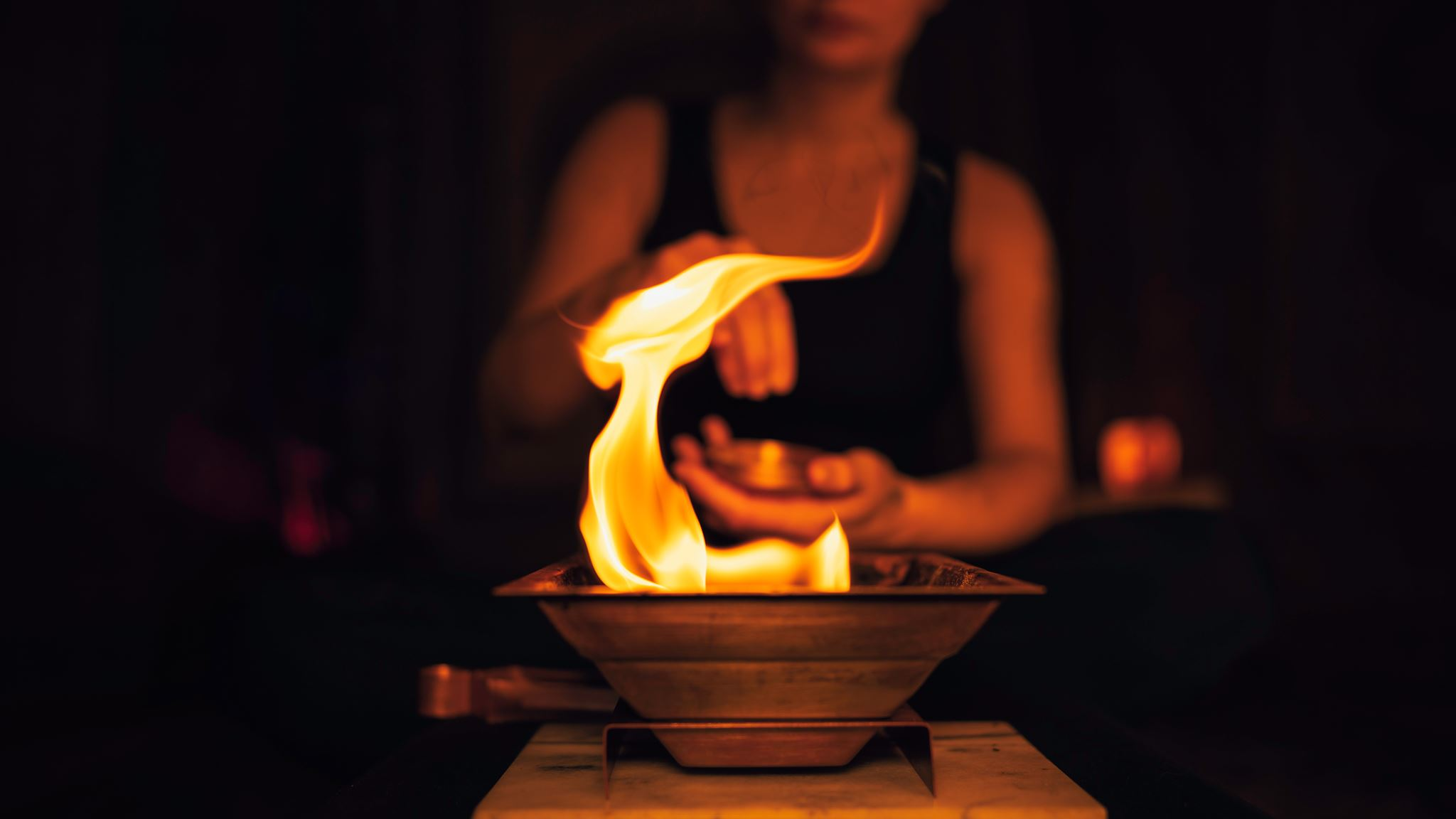Homa therapy and Agnihotra are traditional practices rooted in Vedic knowledge, primarily from India, and are believed to promote physical, mental, and spiritual well-being. Here’s a detailed explanation of their benefits.
Homa Therapy
Homa therapy involves specific fire rituals (Homas) that create a sacred environment through the offering of natural substances into a fire, which is believed to purify the atmosphere and promote healing.
Benefits:
- Environmental Purification
* The rituals are thought to cleanse the air of pollutants and toxins, contributing to better air quality and overall environmental health.
- Health Improvement
* Practitioners report various health benefits, including relief from stress, anxiety, and chronic ailments. The practice is believed to strengthen the immune system and enhance overall vitality.
- Mental Clarity
* Regular participation can lead to improved concentration and mental clarity, reducing distractions and promoting focus.
- Emotional Balance:
* The calming nature of the rituals helps in emotional regulation, leading to reduced feelings of anger, frustration, and anxiety.
- Spiritual Growth:
* Engaging in Homa therapy can deepen one’s spiritual practice, fostering a connection to higher consciousness and promoting a sense of peace.
- Community Building:
* Many Homa therapy practices are performed in groups, fostering a sense of community and collective well-being.
- Agricultural Benefits:
* Homa therapy has been used in agriculture to enhance soil fertility and crop quality, often leading to more sustainable farming practices.
Agnihotra
Agnihotra is a specific form of Homa therapy, centered around a simple fire ritual performed at sunrise and sunset, using specific offerings.
Benefits:
- Healing Properties:
* The ashes produced from the Agnihotra fire are believed to have healing properties and can be used in various applications, such as in medicines and home remedies.
- Atmospheric Harmony:
* It is said to produce beneficial energies that help harmonize the environment, potentially reducing harmful electromagnetic radiation and promoting ecological balance.
- Enhancement of Bioenergetics:
* The practice is thought to enhance the bioenergetics of the surrounding area, which may lead to better growth of plants and overall health of living beings.
- Stress Reduction:
* Regular practice promotes relaxation and stress relief, contributing to overall mental and emotional well-being.
- Connection with Nature:
* Agnihotra encourages mindfulness and a deeper connection with nature, fostering respect for the environment and its cycles.
- Cleansing and Purification:
* The ritual is believed to cleanse the mind and spirit, promoting personal growth and development.
- Community Involvement:
* Similar to Homa therapy, Agnihotra rituals can be conducted in groups, strengthening communal bonds and collective spiritual practice.
Both Homa therapy and Agnihotra provide a holistic approach to well-being that encompasses environmental, physical, mental, and spiritual health. While scientific validation of all claims is ongoing, many practitioners report significant positive changes in their lives through these practices. Engaging in these rituals may not only benefit the individual but also contribute to the health of the community and the environment.

